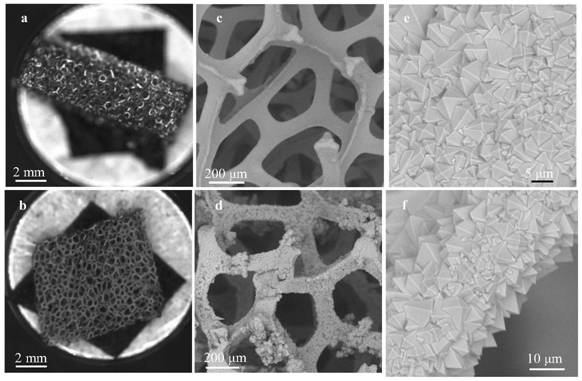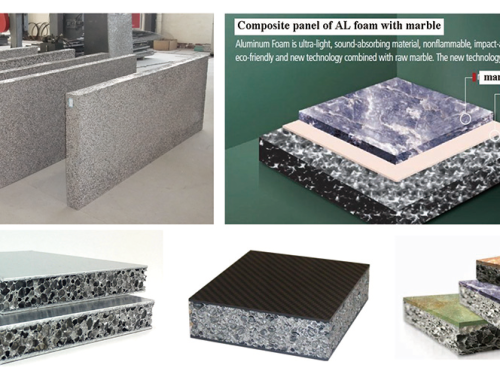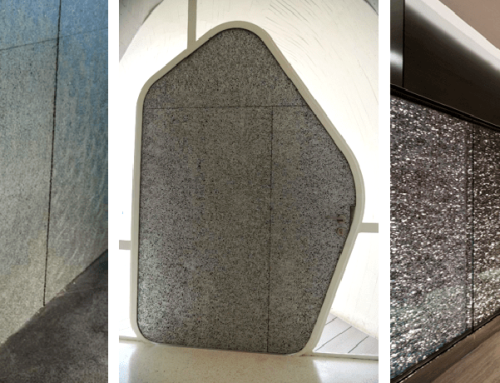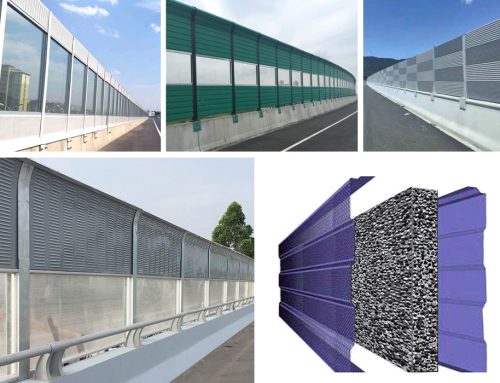Nickel foam is a kind of material used to make battery electrodes. The production process of common nickel foam material is: first conductive polyurethane sponge, then electrodeposition, and finally sintering. In the above steps, the conductive treatment generally includes chemical plating, coating conductive gel, vacuum plating three ways; electrodeposition can be sulfate or sulfamate nickel plating; existing sintering process is completed by air sintering polyurethane sponge first, and then reduction sintering under hydrogen reducing atmosphere two steps, in which, air sintering polyurethane sponge is oxidation decarbonization treatment at 300 ~ 700 ℃ temperature; Reduction treatment is to reduce 30-60 minutes at 800-1000°C under hydrogen reducing atmosphere conditions, the reducing atmosphere is ammonia decomposition gas, and the amount of decomposition gas consumption is 0.8-1.2 L/g (0.8-1.2 L of ammonia decomposition gas per gram of nickel)

Improved method of making nickel foam, the steps of the method include conductive polyurethane sponge, electrodeposition and sintering, characterized in that said sintering step is the direct pyrolytic sintering of the electrodeposited polyurethane foam in a reducing atmosphere, wherein the reducing atmosphere is ammonia decomposition gas, the reducing temperature is 400-1000°C, the reducing time is 30-60 minutes, and the decomposition gas consumption is 0.4-0.8 L/g (0.4-0.8 L/g of ammonia decomposition gas per gram of nickel) The ammonia decomposition gas is a mixture of nitrogen and hydrogen, and the volume ratio of nitrogen and hydrogen is 1:3.
The reaction mechanism is that the nickel foam containing polyurethane sponge is directly pyrolyzed and sintered in hydrogen reducing atmosphere after electrodeposition, in which the carbon acts with hydrogen to produce gaseous hydrocarbons such as CH4, C2H6, etc. The above gasification process is sufficient to remove the graphite C from the porous body more cleanly.
It effectively solves the shortcomings of the prior art such as easy cracking, deformation and arching, low yield, high energy consumption and unstable mechanical properties of nickel foam in the sintering process.



